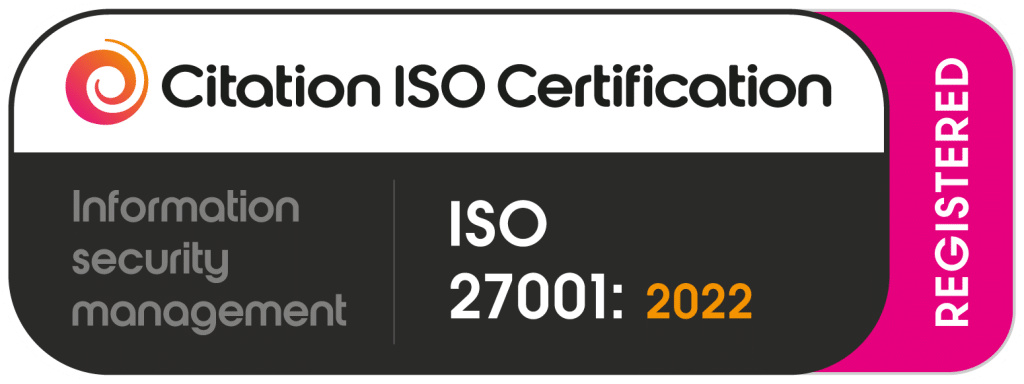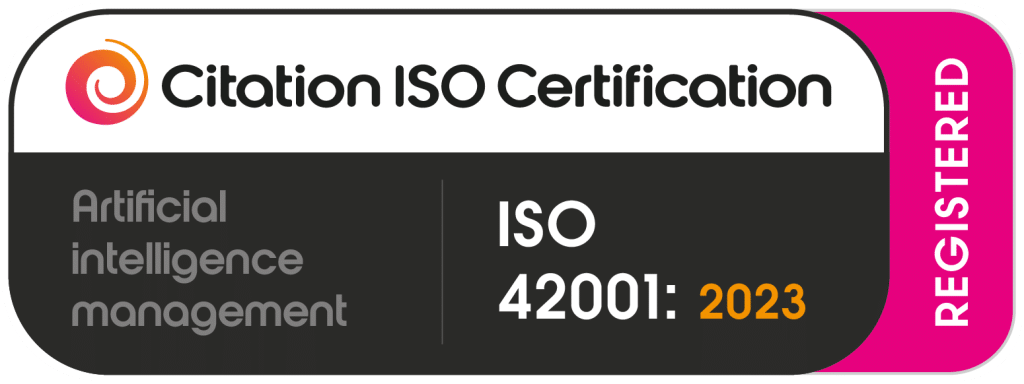The demand for prescriptive analytics tools is rising as businesses seek more than just insights—they need actionable recommendations. While descriptive and predictive analytics help companies understand past trends and forecast future outcomes, prescriptive analytics goes a step further, providing data-driven strategies to optimize decision-making.
In 2025, prescriptive analytics tools are becoming more advanced, leveraging artificial intelligence, machine learning, and automation to generate real-time recommendations. These tools help businesses improve operational efficiency, reduce costs, and maximize profits by providing concrete action steps rather than just predictions. Whether used in finance, healthcare, supply chain, or marketing, prescriptive analytics is transforming how organizations make smarter decisions.
1. Graphite Note – Best for No-Code Predictive and Prescriptive Analytics
Graphite Note is a leading no-code platform that bridges the gap between predictive analytics and prescriptive decision-making. Designed for business users who lack technical expertise, it allows organizations to build machine learning models that not only forecast outcomes but also recommend the best course of action. By leveraging AutoML and prescriptive modeling, Graphite Note enables users to simulate different business scenarios and assess the impact of their decisions before implementation. Its intuitive interface ensures that complex analytics are accessible to decision-makers without requiring a background in data science. Many businesses use Graphite Note to optimize pricing strategies, allocate resources efficiently, and improve demand forecasting with AI-driven recommendations.
Key Features:
- No-code prescriptive analytics for business users
- Automated machine learning (AutoML) for predictive modeling
- Scenario simulation to test decision impact before execution
- Seamless integration with SQL databases and cloud storage
- Real-time insights with actionable recommendations

2. IBM Decision Optimization – Best for Large-Scale Operational Efficiency
IBM Decision Optimization is an industry-leading prescriptive analytics tool designed to solve complex business problems with AI-driven decision-making. Built within the IBM Watson ecosystem, this tool enables organizations to model real-world constraints, optimize workflows, and automate decision-making processes. It is widely used in industries such as logistics, supply chain management, and financial services, where companies need to maximize efficiency while minimizing costs. By combining operations research techniques with machine learning, IBM Decision Optimization helps businesses identify the best possible actions based on available data, constraints, and objectives. Many multinational corporations use this tool to enhance production planning, optimize supply chain logistics, and improve workforce scheduling with prescriptive analytics.
Key Features:
- AI-powered decision optimization for large enterprises
- Advanced constraint modeling for resource allocation
- Integration with IBM Watson for cognitive AI capabilities
- Scalable cloud-based analytics with enterprise security
- Ideal for supply chain, logistics, and financial decision-making
3. SAS Viya – Best for AI-Powered Prescriptive Analytics
SAS Viya is a cloud-native AI-driven analytics platform that offers powerful prescriptive analytics capabilities to organizations looking for real-time, data-driven decision-making. The platform combines machine learning, optimization, and deep analytics to help businesses identify optimal strategies across various domains, including risk management, fraud detection, and customer experience optimization. One of SAS Viya’s key strengths is its ability to integrate large-scale datasets and run complex simulations to recommend the most effective actions. Many financial institutions use SAS Viya for fraud prevention and credit risk assessment, ensuring compliance while minimizing losses through automated, prescriptive insights.
Key Features:
- AI-driven prescriptive analytics for risk assessment and fraud prevention
- Scalable cloud infrastructure for real-time analytics
- Advanced scenario modeling and simulation capabilities
- Integration with external data sources for comprehensive insights
- Automation of decision workflows for efficiency
4. Oracle Advanced Analytics – Best for Enterprise Decision Support
Oracle Advanced Analytics is a powerful prescriptive analytics tool designed to help large enterprises make data-driven decisions at scale. It integrates directly with Oracle’s database ecosystem, allowing organizations to analyze vast amounts of structured and unstructured data efficiently. This tool is widely used in industries that require high-performance analytics, such as banking, healthcare, and manufacturing, where real-time decision-making can significantly impact business outcomes. Oracle Advanced Analytics leverages machine learning algorithms, statistical modeling, and optimization techniques to recommend the best course of action. Many organizations use it for risk assessment, predictive maintenance, and financial forecasting, ensuring that decisions are backed by data rather than intuition.
Key Features:
- Native integration with Oracle Database and Cloud infrastructure
- AI-powered prescriptive analytics for large-scale enterprise use
- Advanced statistical modeling and machine learning algorithms
- Real-time decision support for risk management and forecasting
- Scalable analytics capabilities for high-volume data processing
5. FICO Xpress Insight – Best for Decision Optimization in Finance and Retail
FICO Xpress Insight is a specialized prescriptive analytics platform designed for industries that rely on complex decision-making, particularly in finance, retail, and supply chain management. The platform helps businesses develop optimization models that simulate different business scenarios and determine the most effective strategies. By leveraging AI, predictive modeling, and operations research, FICO Xpress Insight provides companies with the tools to make high-impact decisions on pricing, risk management, and logistics. One of its key advantages is its ability to translate predictive analytics insights into prescriptive recommendations, enabling businesses to automate decisions based on real-time data. Many financial institutions use this tool for credit risk modeling and fraud detection, while retailers rely on it for inventory management and dynamic pricing strategies.
Key Features:
- AI-driven decision optimization for finance and retail industries
- Scenario-based modeling to evaluate business strategies
- Integration with predictive analytics for real-time insights
- Customizable decision workflows for automation and efficiency
- Strong emphasis on financial risk analysis and fraud detection
Why Businesses Need Prescriptive Analytics in 2025
As businesses become more data-driven, prescriptive analytics tools are no longer optional—they are essential for maintaining a competitive edge. These tools go beyond traditional descriptive and predictive analytics by providing clear, actionable recommendations that help organizations navigate uncertainty and complexity. With advancements in AI, cloud computing, and machine learning, prescriptive analytics now enables businesses to anticipate challenges, mitigate risks, and optimize performance with minimal human intervention.
How to Choose the Right Prescriptive Analytics Tool
- For no-code predictive and prescriptive analytics: Graphite Note
- For enterprise-scale decision optimization: IBM Decision Optimization
- For AI-powered risk management and fraud detection: SAS Viya
- For high-volume enterprise analytics: Oracle Advanced Analytics
- For financial and retail decision-making: FICO Xpress Insight
Final Thoughts
The evolution of prescriptive analytics tools in 2025 is transforming how businesses operate, allowing them to make smarter, data-driven decisions. Whether a company needs automated decision-making, predictive modeling, or AI-driven strategy optimization, these platforms provide the tools to enhance efficiency and profitability. As AI-powered analytics continues to advance, businesses that invest in prescriptive analytics will be better positioned to adapt, grow, and succeed in an increasingly competitive market.







